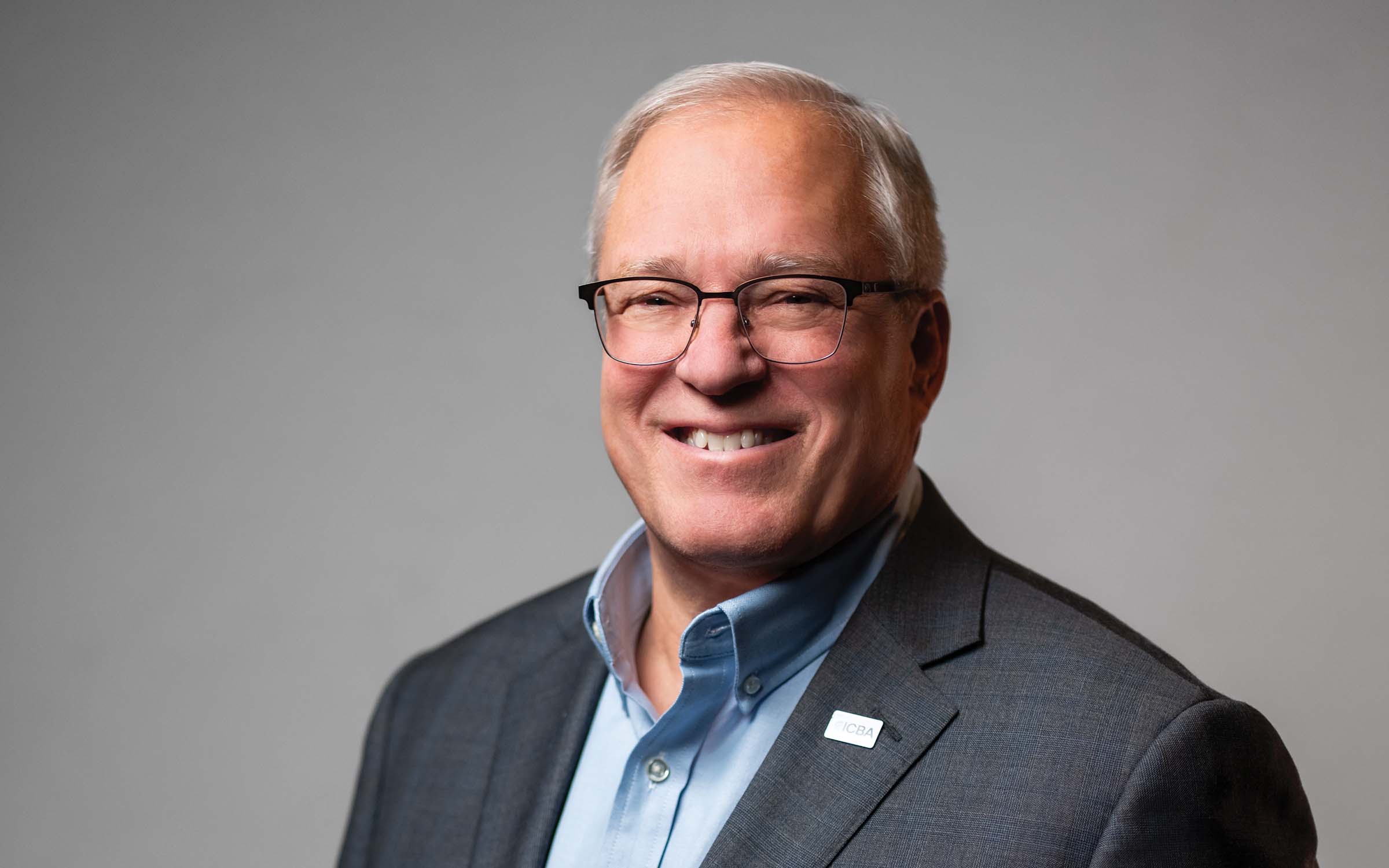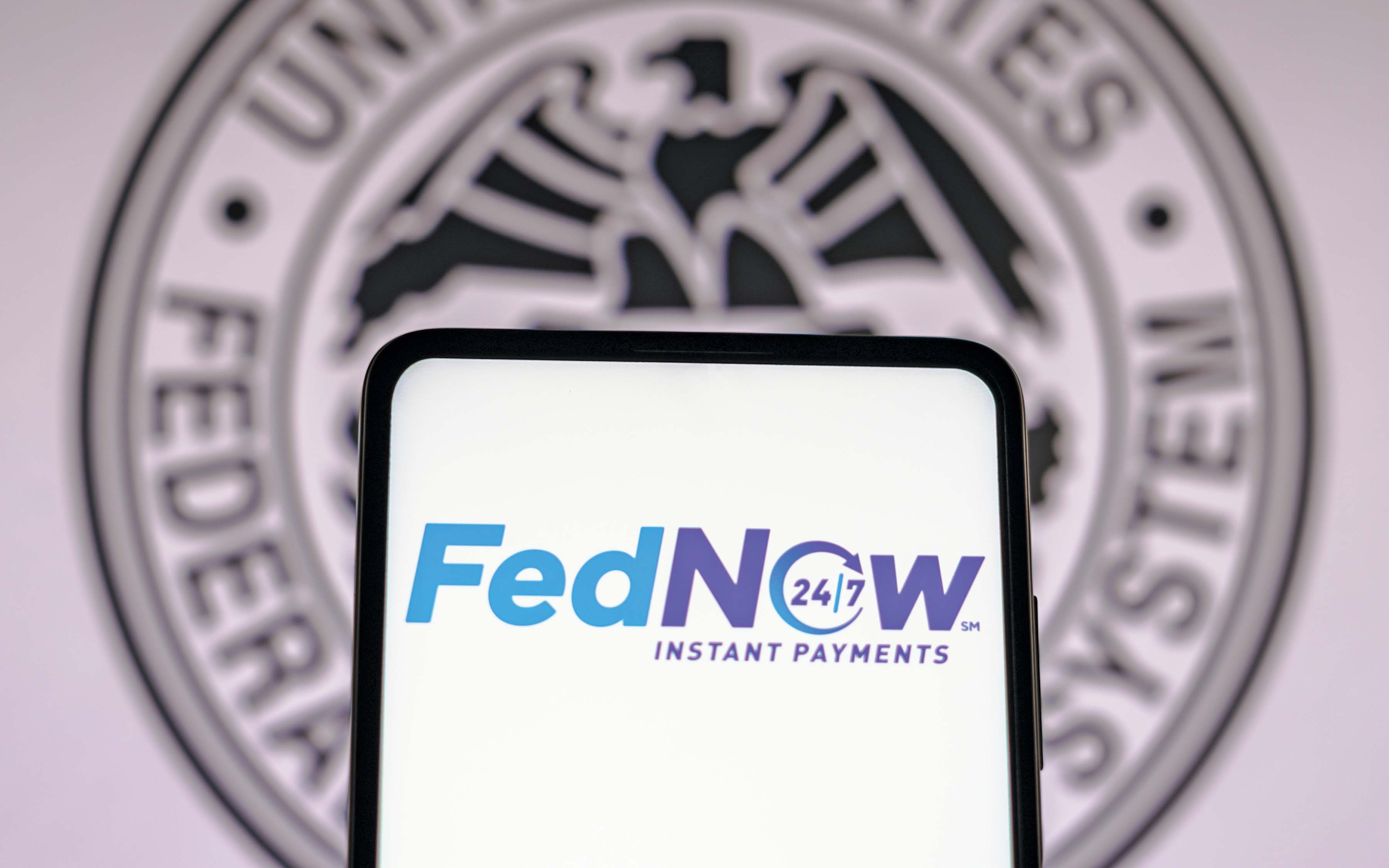Sept. 7, 2008, was a watershed in the history of housing finance. On that day, as housing market conditions deteriorated, Fannie Mae and Freddie Mac, the two massive housing government-sponsored enterprises (GSEs), were placed in “temporary” conservatorship. The shareholders, both common and preferred, were essentially wiped out. The bondholders, who included community banks, ironically had their positions preserved, as the federal government all but guaranteed the GSEs’ debt.
Fast forward to 2025, and not much has changed. You and I still own Fannie and Freddie. Their bonds, still a staple of community bank investment portfolios, are considered safe by investors and banking regulators. What has changed is the new presidential administration, which seems highly interested in completing the job of reprivatizing these entities. We’ll investigate what this strategy may look like and how this could affect your community bank.
Ending the GSE conservatorship
During the first Trump administration, Treasury secretary Steven Mnuchin and Federal Housing Finance Agency (FHFA) director Mark Calabria initiated the process of ending the conservatorship but were not able to complete it. However, they did finalize a robust capital framework for the GSEs and directed the GSEs to retain earnings to build capital.
Under the Biden administration’s watch, with no new actions to end the conservatorship, the GSEs continued to build capital in accordance with the Enterprise Capital Framework, which calls for very robust levels of capital and will make exiting the conservatorship easier. Currently, the GSEs have far more capital than in 2008, before they were placed into conservatorship.
We should clarify that the GSEs are not government agencies. Rather, they are government-chartered, shareholder-owned private companies, like national banks. However, during the past 16 years, their regulator, FHFA, has run both companies. Imagine if the Federal Reserve or Office of the Comptroller of the Currency (OCC) did that to banks.
Like many private companies—including some automobile manufacturers, insurance companies, and Wall Street firms—the GSEs received government assistance to help them through the worst of the Great Recession. And like those other entities, the GSEs paid their bailout back in full.
Unlike those other entities, the government never relinquished control of the GSEs, even though they repaid their federal assistance plus an additional $100 billion in earnings.
Also, in exchange for government assistance, the GSEs gave the Treasury stock warrants equating to 79.9% ownership—which are, in a sense, senior preferred stock. This means that once they are released from conservatorship, the government will again benefit from selling all or some of those preferred shares.
The Trump administration has indicated it wants to finish the job of releasing the GSEs from a perpetual conservatorship, which would be great news for taxpayers and the housing market in general. Taxpayers would no longer be on the hook if any future housing bubbles resulted in exposure for the GSEs, and Fannie and Freddie would be free to support the secondary mortgage market as publicly owned enterprises.
So, now what needs to happen? First, the Treasury and the FHFA need to formally agree to end the conservatorship. The new Treasury secretary will need to work with the new FHFA director to amend the federal preferred stock purchase agreements and resolve the government’s ownership, which would declare the bailout paid in full and the sweep of GSE earnings eliminated. This would allow the GSEs to access the capital markets, raise equity, become fully recapitalized and, finally, exit conservatorship.
Once this occurs, FHFA’s role in the operations of the companies will end. Its role will convert to that of a prudential regulator responsible for safety and soundness.
Bond market considerations
Before we start a game of “what if,” let’s look at “what is.” Community banks own a lot of debt securities issued by Fannie and Freddie; nearly half of all the bonds in bank portfolios are obligations of the two GSEs. This includes all manner of mortgage-backed securities, as well as straight agency bonds.
Immediately after their default in 2008, Fannie’s and Freddie’s debt values plummeted. This was despite Treasury bonds’ prices spiking, in a classic flight to quality. It took both the Treasury and the Federal Reserve to calm down the debt markets.
The Treasury, under Hank Paulson, all but guaranteed the GSEs’ debt in an arrangement that remains in place today, while the Fed, then chaired by Ben Bernanke, began buying then-record sums of bonds through open market operations. By mid-2009, credit spreads had returned to pre‑panic levels.
Back to the current era. If the GSEs successfully navigate the road back into private hands, what will bond investors demand for adequate compensation? The feeling is, “It depends.” It depends on if implied government backing of Fannie and Freddie’s debt is underwritten into their recapitalization. Other factors include how much regulatory oversight is mandated, as well as more traditional measures of safety and soundness, such as levels of capital and subordinated debt. The GSEs’ capital framework requires almost bank-like capital requirements, which should put their ratings similar to those of the largest national banks.
However, the bigger question for the U.S. economy is if the GSEs under private ownership will be able to provide efficient housing finance. Somewhat wider credit spreads for a time should be expected. Headwinds already exist for homebuyers due to high prices and elevated rates, so this could add another challenge to the housing market. It could also be years before this complicated offloading is finally completed.
The best outcome would be a trifecta: 1. The GSEs move off taxpayers’ balance sheet; 2. The federal government reaps a windfall on the transaction; 3. Fannie and Freddie continue to subsidize mortgage rates. Here’s hoping for a successful third iteration of the housing GSEs.






